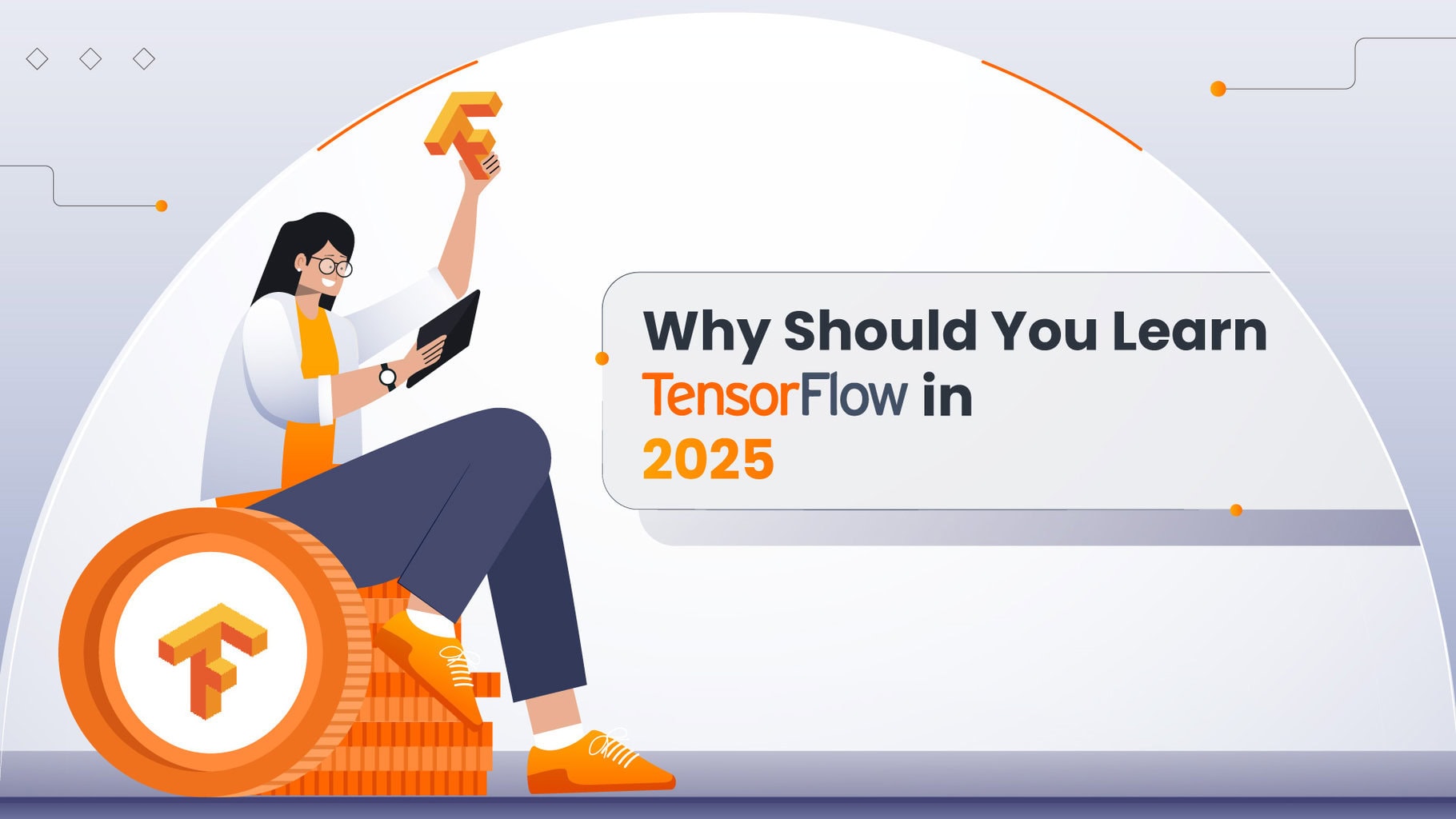
Introduction
Ever caught yourself reminiscing about iconic scenes from movies like The Matrix or I Am Legend? The world they portrayed isn’t as far-off as it once seemed. Artificial Intelligence has transformed these fictitious dreams into tangible realities. From self-driving cars and efficient virtual assistants to tailored shopping experiences, AI is seamlessly integrating into our daily lives.
With a whopping 334 million businesses worldwide, it’s evident that we’re transitioning into a truly digital age. AI is no longer just a buzzword; it’s a critical tool that businesses are harnessing to achieve their objectives.
At its core, AI enables machines to mimic human actions autonomously without needing a manual push. Drawing from their past interactions, they make decisions in a manner reminiscent of how our brains process and learn from experiences.
As we go deeper into AI, we’ve Machine Learning, a significant subset of AI. ML harnesses the power of algorithms and statistical models to empower computer systems to carry out tasks. What sets it apart? The system doesn’t rely on explicit instructions.
Venturing further into the depths of Machine Learning, we encounter Deep Learning. This specialized branch delves deeper into the human-like processing of machines. Deep Learning is grounded in algorithms influenced by the brain’s structure and functions, known as artificial neural networks. This layered approach showcases the intricate and interconnected world of artificial intelligence.
But where does TensorFlow tie into all of this?
The main focus of TensorFlow is developing and training machine learning and deep learning models.
In the coming sections, we will look at the history of TensorFlow, what it is, why one should learn TensorFlow, some of its common applications, and how to get started with it.
Table of Contents
- Introduction
- Introduction to TensorFlow
- What is TensorFlow?
- Uses of TensorFlow
- How does TensorFlow Work?
- Why Learn TensorFlow?
- How to get started with TensorFlow?
- Conclusion
Introduction to TensorFlow
TensorFlow started out as DistBelief back in 2011. Born from the innovative minds at Google, It was deeply rooted in neural networks. A year later, in 2012, Google unveiled DistBelief, capturing the attention of a variety of brands who saw its potential in both research and commercial applications. Its implementations were tested for various deep learning implementations ranging from cutting-edge Image and Speech Recognition, Natural Language Processing to Recommendation Systems and Predictive Analytics. Impressive, right?
TensorFlow got its catchy name from the term “Tensor,” which refers to operations conducted by neural networks on complex, multi-dimensional data arrays.
Fast forward to February 2015, Google introduced TensorFlow as an open-source framework under the Apache 2.0 license. Since its inception, the framework has gained immense support.
Interestingly, while TensorFlow can be seen as a successor to DistBelief, it wasn’t just a simple rebrand. They have their distinctions. While DistBelief focused on neural networks, TensorFlow broadened the horizon with a more generalized machine-learning framework. TensorFlow was crafted to run independently from Google’s proprietary computing ecosystem. This meant developers outside Google had the liberty to play around with the code, making it even more accessible.
In 2016, Google spilled the beans about its Tensor Processing Units (TPUs). TensorFlow used these TPUs internally to support various company applications and online services. They were essential for powering Google’s RankBrain search algorithm and the technology behind Street View maps. A year afterward, Google released the second generation of TPUs to users of the Google Cloud Platform. This allowed users to train and operate their own machine-learning models.
2017 was a milestone year, with TensorFlow dropping four major releases! The kick-off was with Release 1.0.0, which came loaded with cool features. From a specialized debugger and Docker container images for Python 3 to an experimental Java API, TensorFlow was expanding its horizons. The cherry on top? The introduction of TensorFlow Lite, optimized for mobiles and embedded devices.
Fast-forward to the present, and we have TensorFlow 2.13 stealing the show. An exciting update for Apple enthusiasts: this release introduced compatibility for Apple Silicon. This means if you install TensorFlow on a Mac with Apple Silicon, you can use the latest TensorFlow version. The initial builds for Apple Silicon wheels came out in March 2023. This added support allows for more detailed testing, a development made possible through the technical partnership of Apple, MacStadium, and Google.
What is TensorFlow?
Machine learning might come off as intimidating for many, but there’s a silver lining. Recent tools and frameworks have made the journey a lot more approachable than one might think. The focus nowadays? Making data collection, model training, and predictions as seamless as possible.
TensorFlow is a versatile, open-source framework designed for machine learning and deep learning applications. If you’re into Python or JavaScript, it provides a straightforward front-end API that eases the process. Think of it as a tool that aids in tasks like image recognition, understanding human language nuances, and more. Moreover, TensorFlow isn’t just about training; it’s also robust enough to handle predictions at a large scale.
As for its reputation in the tech industry, it’s worth noting that companies like Uber, Airbnb, and Twitter have integrated TensorFlow into their operations. It’s a testament to its utility and popularity.
Uses of TensorFlow
Image Recognition
Let’s start with a fundamental piece of the machine learning puzzle: Image Recognition. At its core, Image Recognition in deep learning equips machines with the capability to discern objects in digital images. This isn’t just about spotting people or vehicles; it’s about identifying animals, movements, and even intricate text.
The potential applications are vast. Think about surveillance improving security, breakthroughs in medical imaging, efficient defect detection in manufacturing, or the intricacies of 3D reconstruction.
But how does this all come together? It’s a mix of high-quality cameras and the brains of Computer Vision. To get a sense of its working, imagine training computer vision models on countless images using tools like TensorFlow. This training enables these models to recognize specific objects in the future, much like learning to identify different types of fruits.
Voice Recognition
I’m pretty sure we’ve all used voice assistants like Siri, Cortana, or Alexa. Voice assistants have become our go-to for quick queries, reminders, and, sometimes, just a bit of fun. These tools, which live on our smartphones, tablets, and other smart devices, rely on voice commands to handle everyday tasks. Behind the scenes, it’s all about Natural Language Processing (NLP) – the tech that helps these devices get a grip on our spoken word.
Voice recognition, by the way, isn’t just for setting alarms or asking about today’s weather. Its scope has expanded, reaching the corners of various sectors, from aviation to telecom. And if you’re curious about the tech side, many of these voice recognition systems are trained using TensorFlow. Pretty neat, right?
Modeling
TensorFlow finds use in deep transfer learning and generative modeling.
Transfer Learning: It’s a bit of a time-saver. Instead of building a model entirely from scratch, which can be resource-intensive, transfer learning lets you use models that someone else has already trained. It’s like reusing some foundational work to further your own projects.
Generative Modeling: This one’s about figuring out how a dataset comes to be. It’s constructing a blueprint of sorts, understanding how data is generated. Once you’ve got that blueprint, you can even use it to generate new data samples.
To put this in a more practical perspective, consider PayPal. They’ve leveraged TensorFlow to spot and adapt to complex fraud patterns. While they’re at it, they also make sure their genuine customers have a smoother experience, speeding up their identification process.
Object Detection
Ever wondered how our phones can recognize faces in videos? That’s thanks to object detection. Essentially, it’s about identifying specific objects or patterns in videos.
With the changing times, businesses are looking for smarter ways to ensure security and efficiency. One such method that’s gaining traction is motion detection. Think of the times you’re at the airport. Beyond the regular security checks, there’s an invisible layer of protection: real-time object detection. It’s there to spot anything out of the ordinary quickly.
So, what’s the behind-the-scenes of object detection?
It starts with setting up the right environment. Videos are then analyzed using deep learning models. Tools like TensorFlow come into play, helping refine the process. It’s a fascinating blend of tech and video content, all working together to keep places like airports safe and efficient.
Text-based Applications
Deep learning has revolutionized text-based applications across industries.
Take Google Translate, for instance. Thanks to deep learning, it can tackle multiple languages, making our global connections a bit easier. And if you’re into reading but short on time, sequence-to-sequence learning can help condense that lengthy article into a digestible summary.
ChatGPT is another text-based application that has taken the industry by storm. Although ChatGPT uses PyTorch, developers can use TensorFlow to build, optimize, and manage its models efficiently.
ChatGPT in action
Another application, Google’s SmartReply, offers convenient email suggestions, which are also a direct outcome of deep learning.
On the business front, platforms like TensorFlow are enabling companies to sift through data – from social media chatter to market trends – refining strategies and improving our digital experiences.
How does TensorFlow work?
Ever wonder where “TensorFlow” got its name from?
They are derived from neural network computations performed on multidimensional data arrays called Tensors. Imagine a one-dimensional array that represents a vector in space, a line with a set direction and length. Now, scale that up. A Tensor is essentially a multi-dimensional array. So, while a vector might be a line, a Tensor holds data in many dimensions.
So what constitutes the TensorFlow architecture?
- Data Preprocessing: This is where we take raw, unstructured data and give it some shape. Simply put, it’s about organizing the data so it’s easier to work with.
- Model Building: With our data in order, it’s time to build the model. This step involves adding operational layers to structure the model accordingly.
- Training the Model: Here, we teach our model using the organized data. The goal? Helping it recognize patterns and trends.
- Inference: After training, we test the model by having it predict outcomes based on new data it hasn’t seen before.
These four sections constitute the overall TensorFlow workflow.
Whether you’re using a desktop or tapping into the vast power of a data center, TensorFlow amps up the training speed with GPU support. Once trained, these models flexibly transition from desktop to mobile to even the cloud.
Need a peek into your training progress?
TensorBoard monitors your training progress, digs into computational graphs, and assesses model metrics. It’s like having X-ray vision for your TensorFlow and Keras processes!
Why Learn TensorFlow?
Let us look at some reasons why one must have TensorFlow in their arsenal.
- For starters, TensorFlow is versatile. TensorFlow fits right in whether you’re working with cloud platforms, IOS, Android, CPUs, GPUs, or even embedded systems.
- Building models, especially with Neural Networks, is simpler with TensorFlow. Its high-level APIs are user-friendly and make the modeling process straightforward.
- TensorFlow has a library of pre-trained models and datasets, saving you a ton of time. Its core strength lies in using Tensors, allowing it to manage multi-dimensional arrays efficiently.
- It is equipped with tools that help maintain best practices. This ensures that your models are efficient and fast, a critical combo in today’s tech world.
- For those who aim for more advanced model designs, TensorFlow’s Keras Functional API and Model Subclassing API are there to help. And if you’re someone who loves exploring, TensorFlow has additional libraries like TensorFlow Probability and Tensor2Tensor.
How to get started with TensorFlow?
Looking to kick start your journey in TensorFlow? Here’s how.
- Before venturing into the TensorFlow territory, ensure that your development environment is updated with the latest version of TensorFlow. It’ll save you from potential hiccups down the road.
- You’ll then need to get your hands on some comprehensive resources like books or courses, for instance, our Free TensorFlow Bootcamp Course, to get you started.
- There are several foundational blocks of TensorFlow you should familiarize yourself with:
- Tensors
- Layers
- Modules
- Graphs
- Dataset creation pipeline
- Models
- Training loops
- Once you’ve got a grip on these, you’ll need to delve into data manipulation. It’s essential to understand how to present data to your model effectively.
- With that groundwork laid, you can start building your model’s architecture tailored to your specific requirements. After setting it up, the iterative training process begins. Periodically test your model, see how it performs, and refine it as needed.
Conclusion
As we navigate the ever-evolving domain of artificial intelligence, the pressing question arises: Why should one prioritize learning TensorFlow? In the vast universe of AI and Machine Learning, TensorFlow has become a cornerstone in machine learning applications, streamlining complex tasks for both newcomers and seasoned pros.
With its adaptability, continual updates, and robust community support, TensorFlow stands tall, ensuring that those versed in it remain at the forefront of technological advancements.
Industries, ranging from healthcare to finance, are on the lookout for AI-driven solutions, and guess what’s powering many of these solutions? Yep, TensorFlow.
In sum, if you’re keen on not just surviving but thriving in the tech ecosystem, understanding TensorFlow isn’t just recommended—it’s essential. Stay tuned; more interesting reads are coming your way. Cheers!

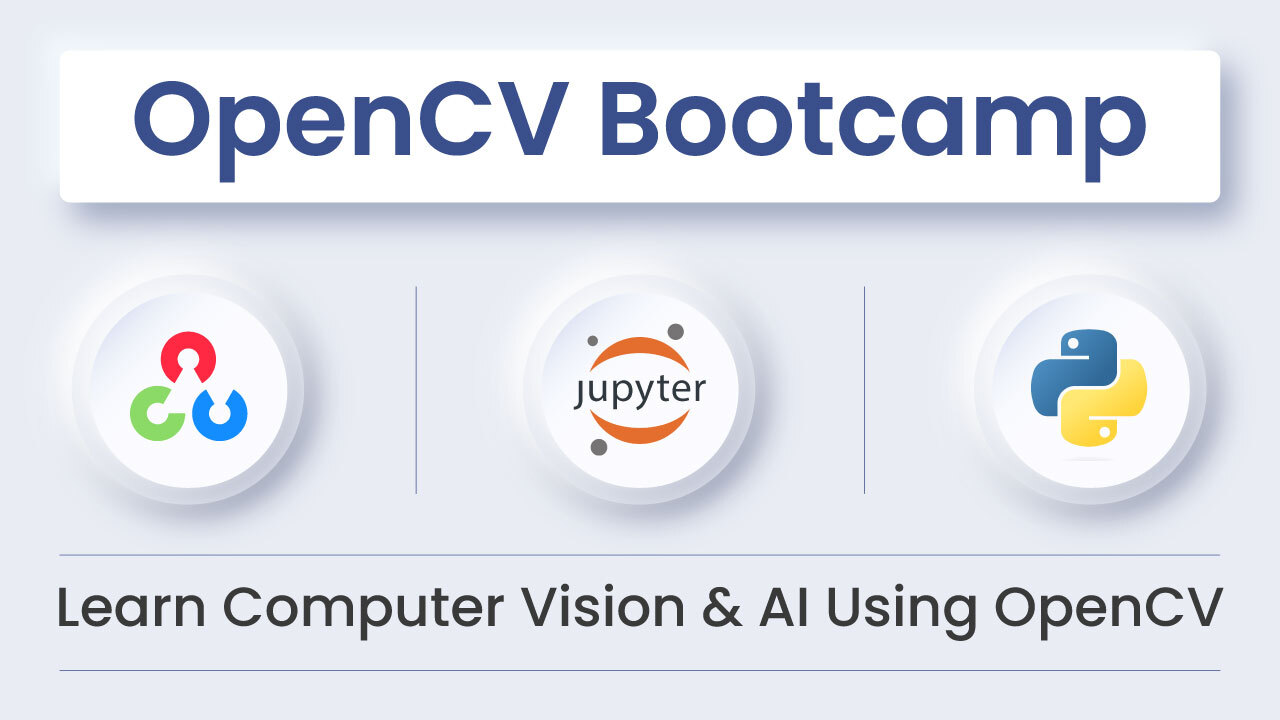
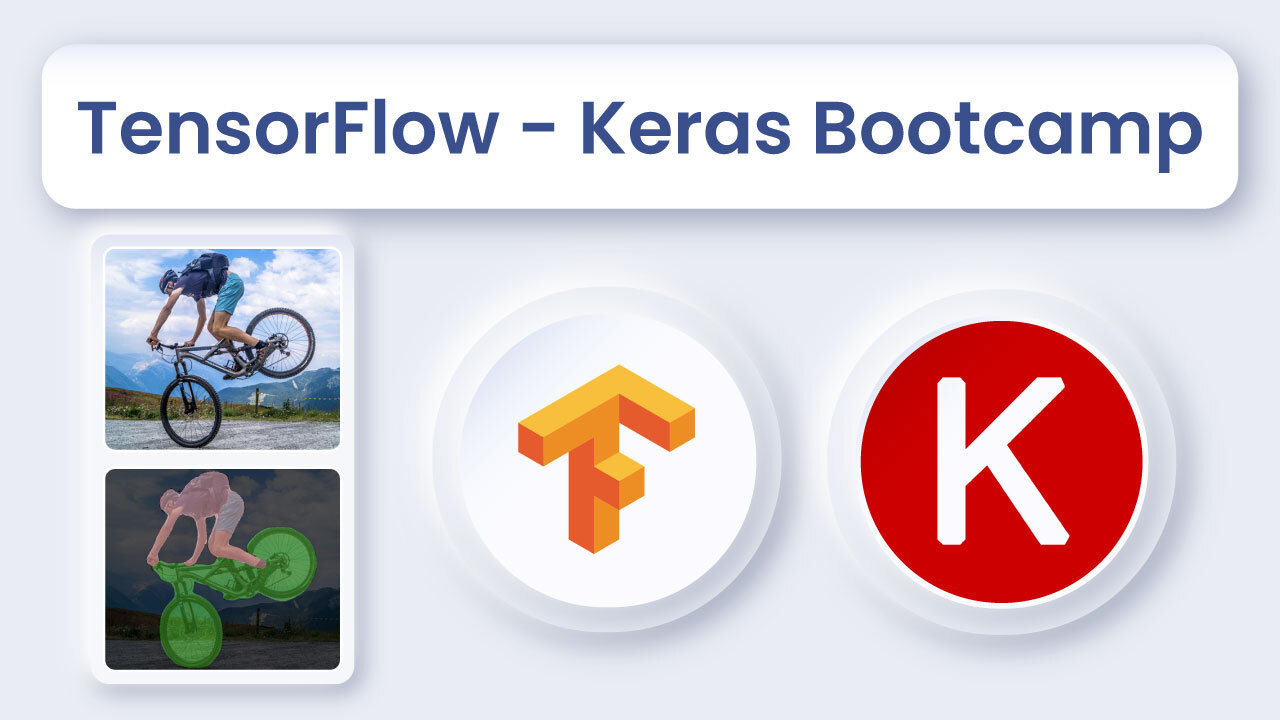
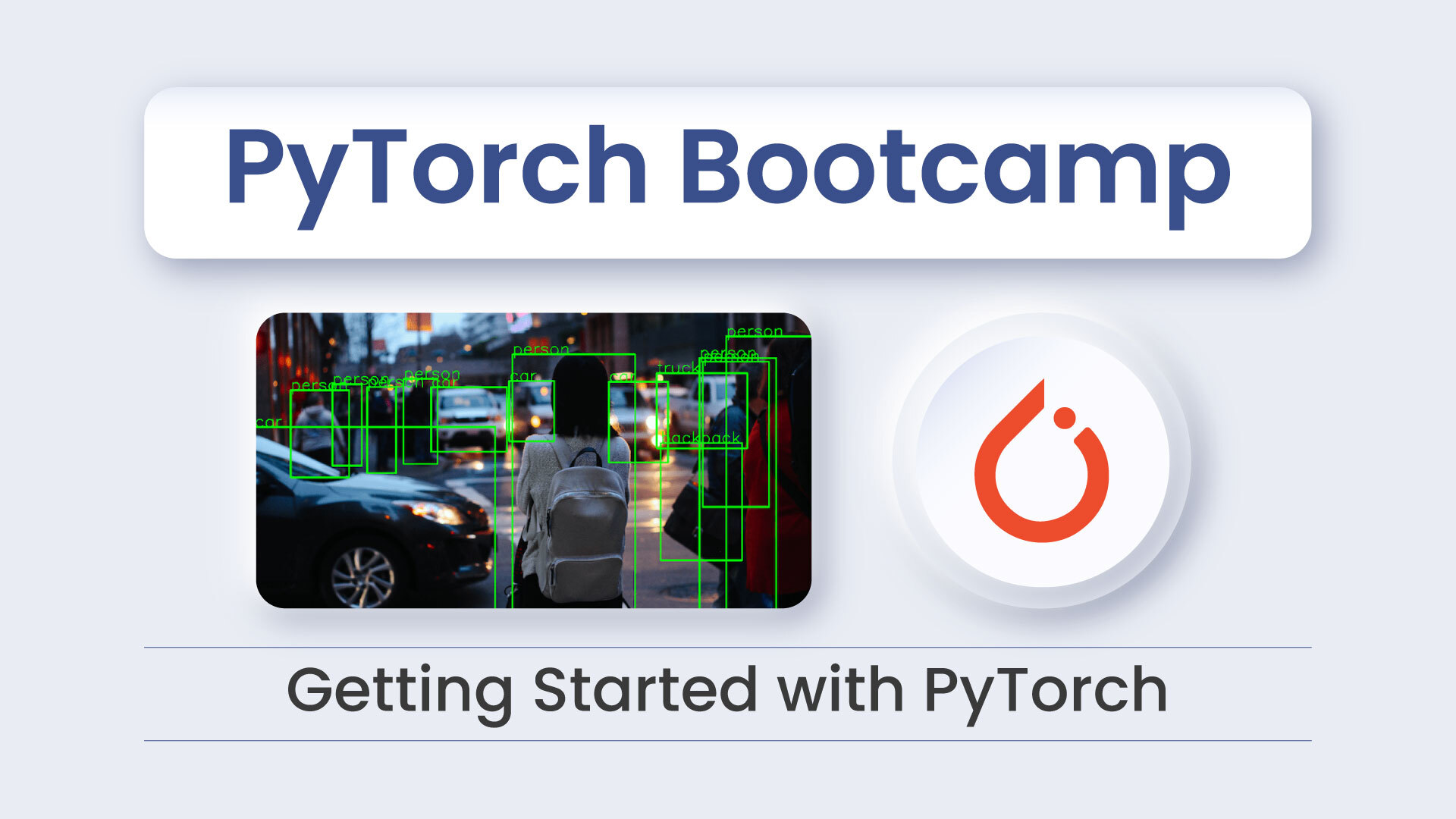
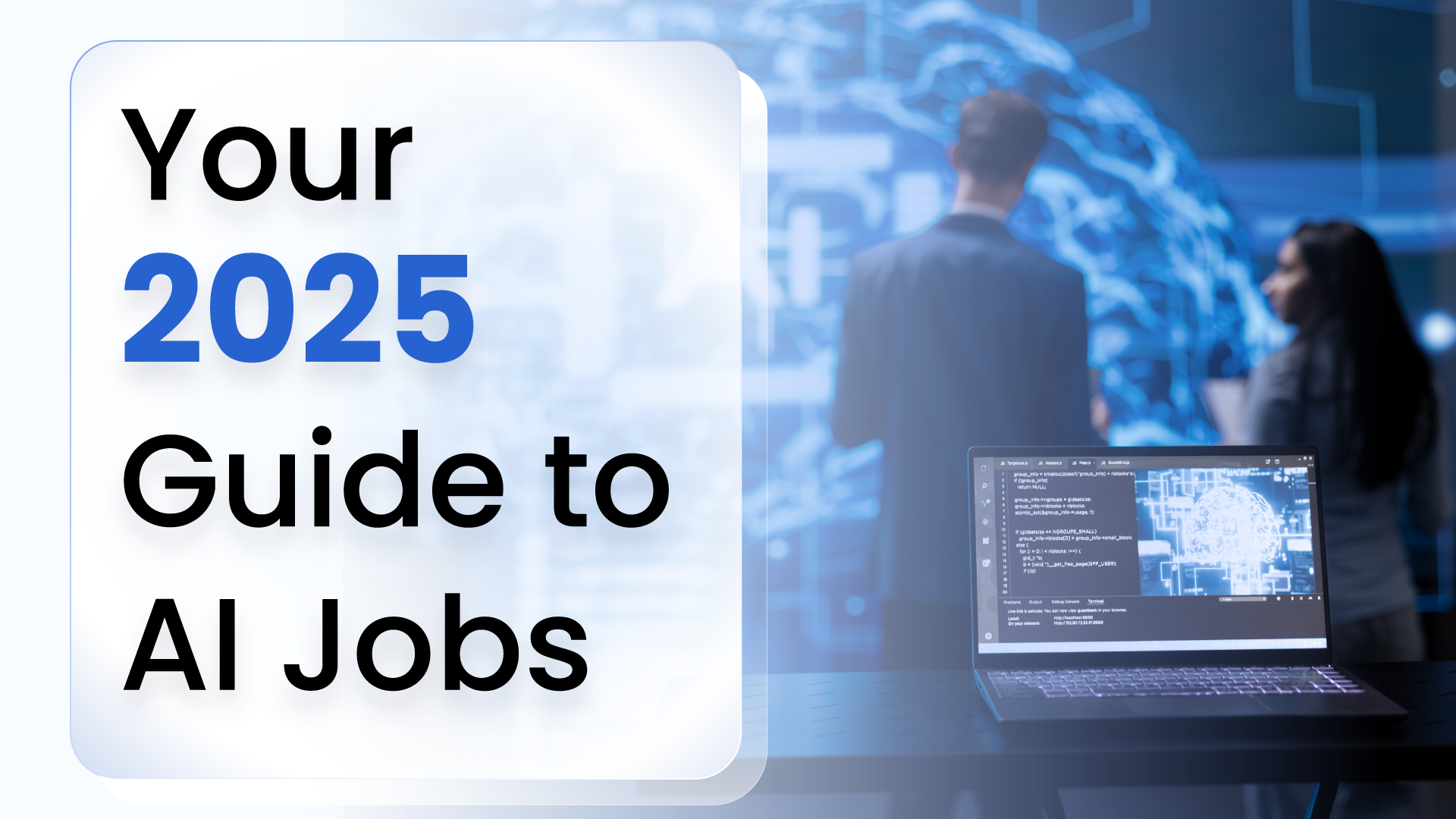
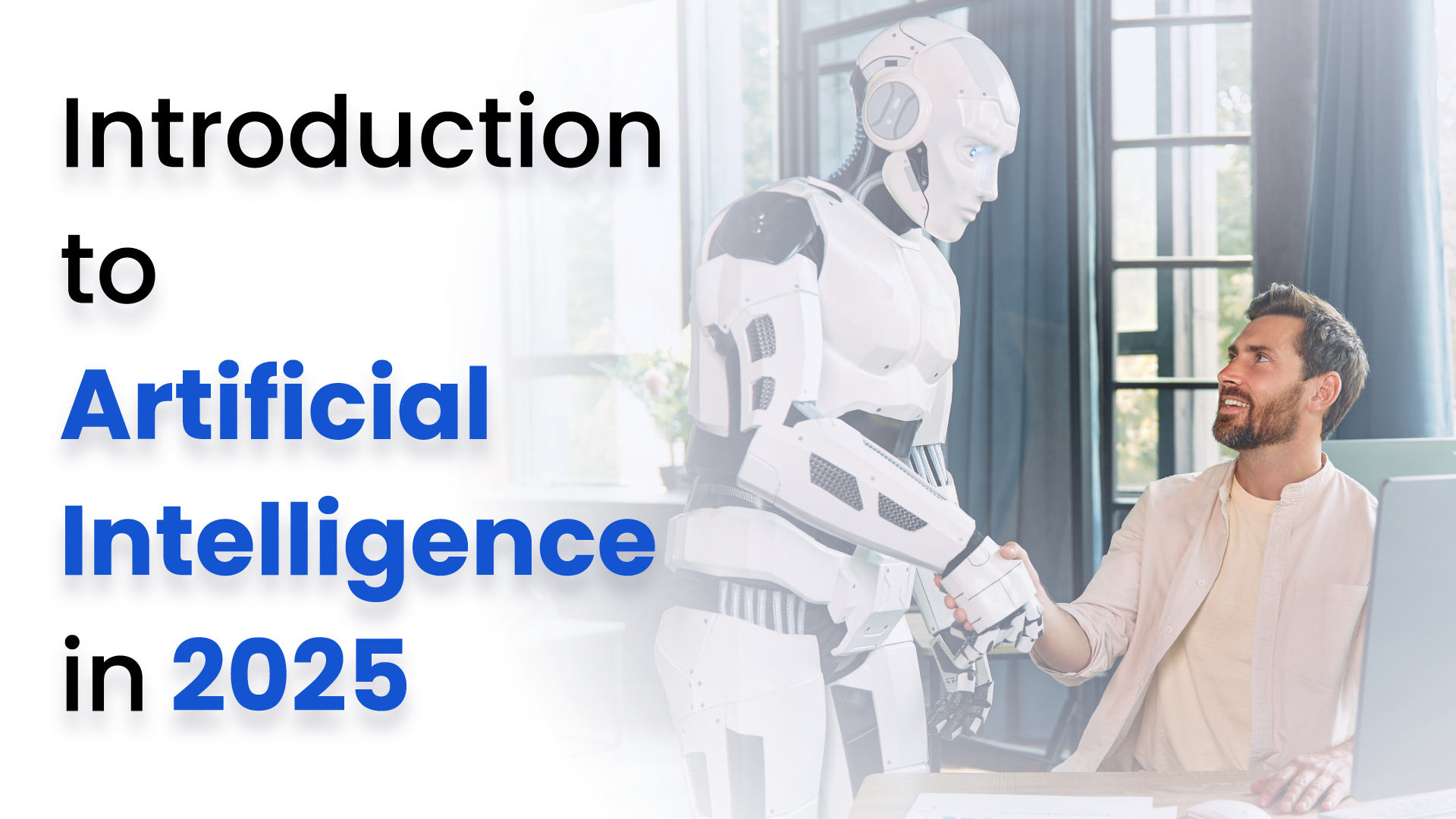
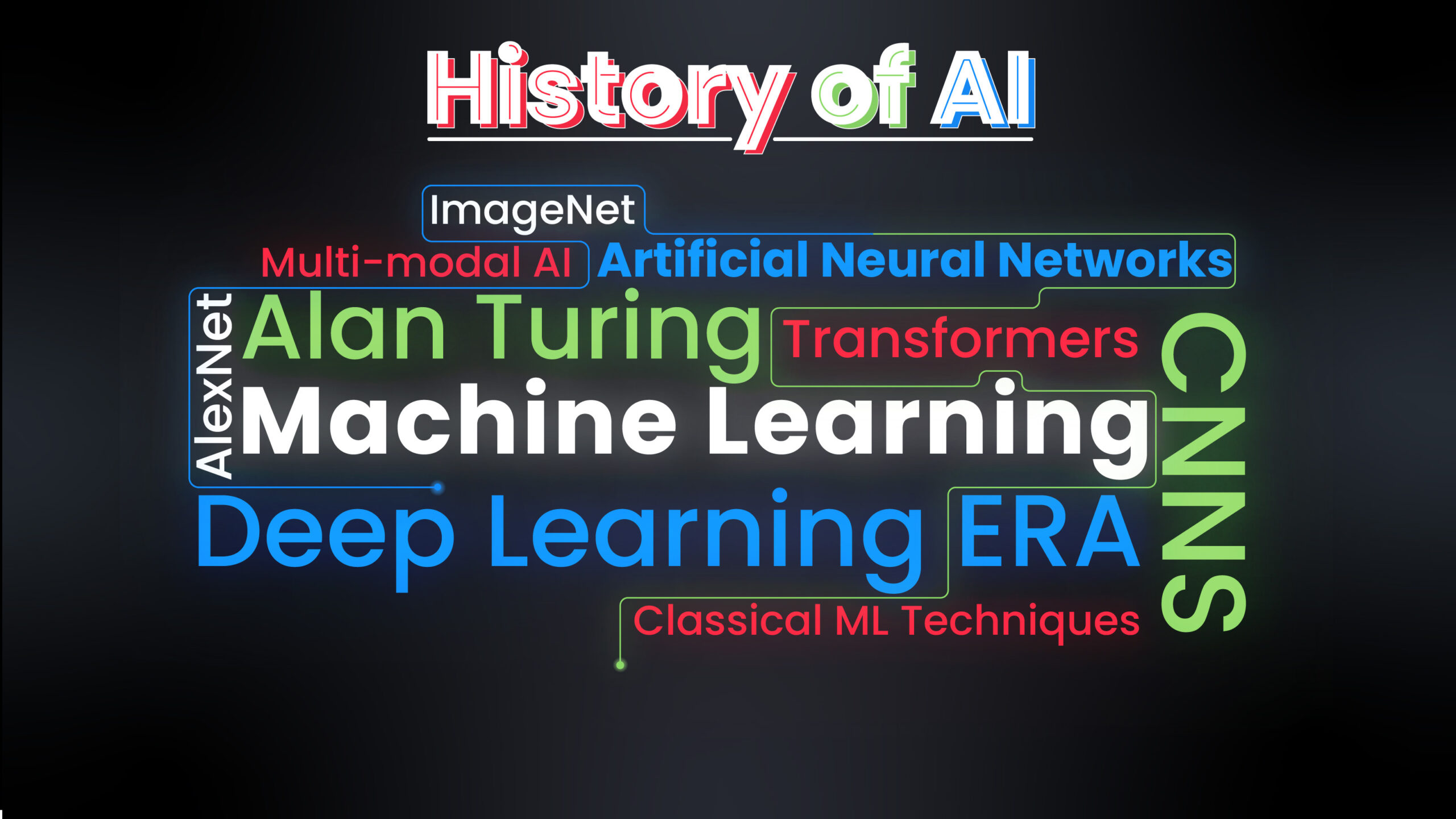
5K+ Learners
Join Free VLM Bootcamp3 Hours of Learning